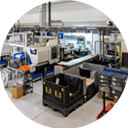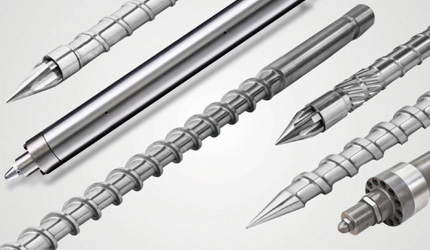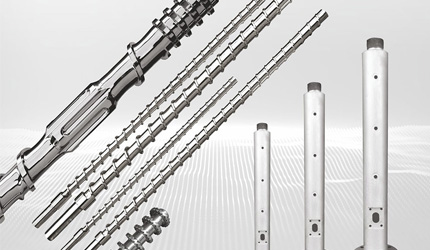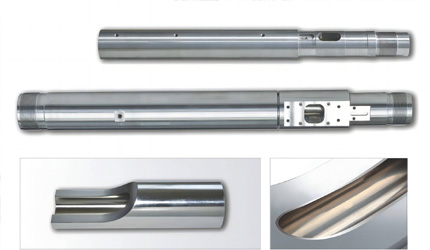Maximize Efficiency with Auto Feed Screw Gun Attachment: A Deep Dive
Maximize Efficiency with Auto Feed Screw Gun Attachment: A Deep Dive
Auto-Feed Screw Gun Attachment Basics: Understanding How It Works
Definition and Key Components of an Auto-Feed Screw Gun Attachment
An auto-feed screw gun attachment is a handy tool that simplifies screw feeding and driving. It uses a collated screw strip and a synchronized feed system to deliver fast, continuous fastening without manual handling of screws. This technology has revolutionized work practices in construction and assembly, where speed and precision are paramount.
The attachment links to a standard power drill or driver, converting it into an efficient screw-feeding system. Its core parts include:
| Component | Function |
| Collated screw strip | Holds screws in sequence for rapid, jam-free feeding. |
| Feeding gear system | Moves the next screw into position immediately after each drive. |
| Depth control assembly | Regulates screw depth for consistent flush finishes. |
This setup removes delays between screw placements. Rather than having to insert fasteners manually, the attachment automatically feeds the next screw. 2023 industry statistics show that auto-feed systems fasten three to four times more quickly than manual methods. This greatly enhances efficiency in applications like drywall installation, flooring, and metal framing.
Mechanism of Collated Screw Feeding and Drive Depth Control
The feeding system works through a smooth link between the driver’s rotation and a mechanical feeder. Most advanced models use a feed-on-return process. Here, the next screw moves into place as the driver retracts after each fastening. This steady motion saves time and lowers the risk of jams or misalignment.
When a screw is in position, the depth-control mechanism ensures it is driven accurately. This avoids overdriving or underdriving, which can harm structural strength or surface appearance. Top-tier attachments include adjustable collars. These allow users to set depth precisely without extra tools.
Field studies show that depth-control assemblies can reduce rework needs by over 30%. Consistent screw depth enhances finish quality and cuts correction time. In construction or manufacturing, this accuracy strengthens joints and ensures proper alignment for safety compliance.
The system operates like a conveyor. Screws travel along a guide track. The feed gear advances them as soon as the prior screw is set. Cycle times can drop below one second, based on driver speed and torque settings.
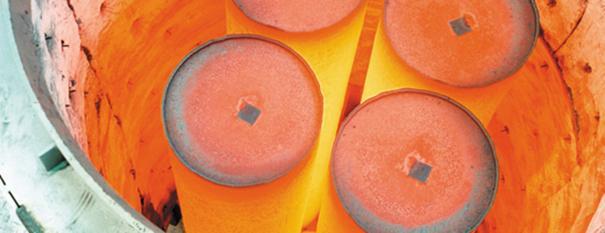
Why Attach vs Integrated Auto-Feed Tool?
Professionals often decide between a dedicated integrated screw gun and an attachment-based system for automation. Attachments are preferred for their versatility, lower cost, and compatibility with existing tools.
| Aspect | Attachment System | Integrated Auto-Feed Tool |
| Initial Cost | Lower; converts existing tools | Higher; requires new equipment |
| Flexibility | Detachable and portable | Fixed configuration |
| Maintenance | Easy to service and clean | Requires specialized parts |
| Performance | Comparable fastening speed | Slightly higher in specialized use |
| Return on Investment | Fast, ideal for small and mid-scale users | Longer-term ROI in large operations |
Attachments let contractors or manufacturers adopt automation without replacing tools. For workshops with dependable power drivers, an attachment offers automation at a reduced cost.
Maintenance is also easier. Feed tracks, depth collars, and guides can be detached and cleaned quickly. Integrated systems, however, often demand specialized repairs or parts. In industries where downtime costs money, the modular design of attachments is a wise choice.
Efficiency Gains from Auto-Feed Screw Gun Attachment in High-Volume Fastening
An auto-feed screw gun attachment brings clear improvements in speed, operator comfort, and accuracy. It reduces strain and ensures steady results across thousands of fastenings.
Time Savings and Productivity
Field tests reveal that auto-feed systems cut fastening time from 3.5 seconds to under 1.2 seconds per screw. This depends on the material and screw length. The result is significant time savings on large projects.
| Metric | Manual Driving | Auto-Feed System | Improvement |
| Screws per minute | 20–25 | 60–70 | +180–200% |
| Depth accuracy | ±2 mm | ±0.5 mm | 4× improvement |
| Operator repositioning time | High | Minimal | -70% |
These gains lead to fewer pauses and a smoother workflow. This is especially valuable in repetitive assembly tasks.
Ergonomics and Fatigue Reduction
By removing manual screw placement, the system eases hand and wrist strain. Ergonomic studies indicate that auto-feed attachments reduce fatigue by 50–60% during long sessions. Some models offer extensions for upright operation. These allow workers to fasten subfloors or decking while standing, improving safety and comfort.
Consistency and Quality Assurance
Even depth and spacing create a polished finish and prevent fastener issues. Steady torque application reduces material damage and boosts holding strength. In industrial settings, this means fewer rejected products and more reliable assemblies.
Selecting the Right Auto-Feed Screw Gun Attachment: Key Parameters and Checklist
Choosing an attachment requires assessing torque, material compatibility, and feed design. Below are key factors for buyers and engineers.
Speed, Torque, and Material Compatibility
-
Drywall and softwood: Use 3,000–4,000 RPM for rapid fastening.
-
Metal framing: Choose 1,800–2,500 RPM with higher torque to avoid thread damage.
-
Composite decking: Opt for 2,500 RPM with clutch control to prevent overdriving.
Attachments with adjustable torque ensure proper screw placement across materials.
Depth-of-Drive and Feed Mechanism
Feed systems are either feed-on-return (quicker cycles) or feed-on-drive (more precise). Both perform well, but feed-on-return suits continuous production. Look for adjustable depth collars and anti-jam features to minimize downtime.
Compatibility and Integration
Verify that the attachment fits your driver’s shaft and supports your screw sizes. Standard models handle collated screws from 25–50 mm. High-quality designs use hardened guide rails to ensure alignment and reduce vibration.
Durability and Maintenance
Attachments with nitrided or hardened alloy parts endure tough conditions. Regular cleaning and lubrication of the feed gear extends service life. These qualities align with CHUANGRI SCREW’s nitrided screw and barrel systems, where surface hardness (up to HV1000) ensures durability and precise operation in automated setups.
Application Scenarios and Industry Use Cases for Auto-Feed Screw Gun Attachments
Auto-feed attachments are widely adopted for their efficiency, reliability, and scalability across industries.
Drywall and Panel Installation
For drywall tasks, attachments maintain consistent screw depth and spacing. This produces smooth finishes with less rework. Projects can be completed nearly two-thirds faster while ensuring structural uniformity.
Metal-to-Metal and Framing Applications
In steel framing or HVAC setups, stable torque prevents stripping and ensures secure fastening. Auto-feed systems deliver consistent screw penetration, critical for safety in load-bearing structures.
Decking, Flooring, and Subfloor Fastening
Continuous feed systems with extended handles let workers fasten while standing. This reduces physical strain and speeds up work on large surfaces.
Integration into Production Lines
In automated manufacturing, attachments can be mounted on robotic arms or CNC stations. CHUANGRI SCREW’s expertise in precision machining and bimetallic barrel design provides components optimized for vibration control and steady torque, essential for efficient fastening lines.
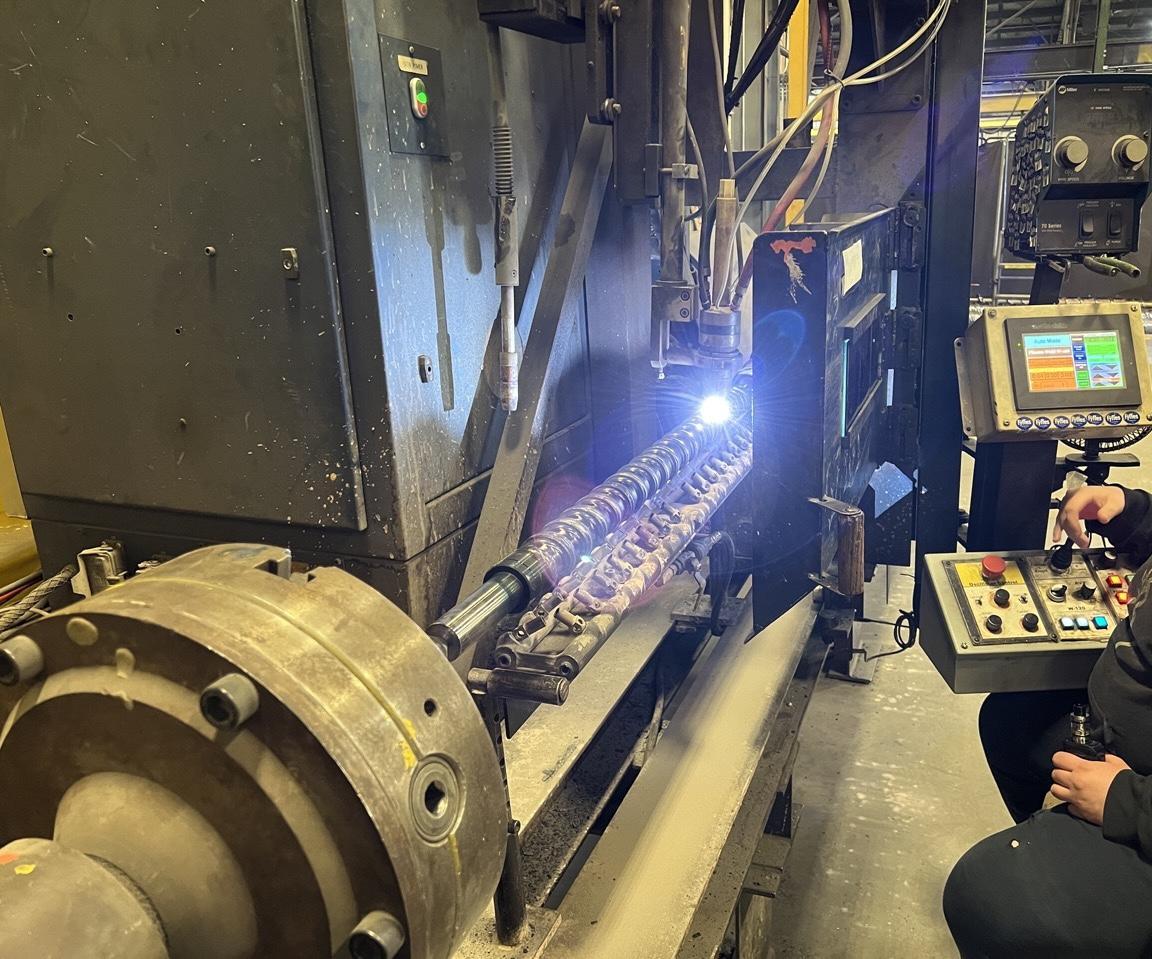
Why Choose CHUANGRI SCREW’s Auto-Feed Screw Gun Attachment Solutions – Company & Product Overview
Established in 1990, CHUANGRI SCREW is a global manufacturer of screws, barrels, and precision components for extrusion and injection systems. Our 12,500 ㎡ facility in Zhoushan, China, integrates design, machining, and surface treatment, ensuring fast customization and consistent quality.
Technical Strengths:
-
Advanced CNC threading, milling, and grinding tools.
-
Surface treatments like nitriding, quenching, and bimetallic coating.
-
Precision tolerance within 0.015 mm per meter for accurate alignment.
-
In-house R&D and CAD design for customized feeding solutions.
Representative Products Compatible with Automated Systems:
-
Solid Carbide Injection Molding Screw – Maintains torque stability under constant feed pressure.
-
Bimetallic Injection Molding Screw – Uses tungsten-carbide coating for enhanced wear and corrosion resistance.
-
Nitrided Injection Molding Screw – Combines durability and heat resistance for reliable operation in automatic feeding systems.
Through careful metallurgy and heat treatment, these products are built for demanding environments. They deliver smooth, long-lasting performance in automated fastening systems.
FAQ
Q: What makes an auto-feed screw gun attachment more efficient than manual fastening?
A: Automated feeding removes manual screw handling. This cuts cycle time by up to 70%. It ensures steady depth and faster results, ideal for tasks like drywall or decking.
Q: How can I choose the right auto-feed attachment for different materials?
A: Match torque and RPM to your needs. For metal, focus on torque. For drywall or wood, select higher RPM models. Ensure the feed track supports your screw length.
Q: Are auto-feed attachments suitable for small workshops?
A: Yes. They provide a cost-effective way to improve efficiency and consistency without replacing tools.
Q: What’s the difference between attachment systems and integrated auto-feed tools?
A: Attachments offer flexibility and cost savings, upgrading existing drills. Integrated tools are dedicated, slightly faster, but less adaptable.
Q: Why are precision-engineered components important in auto-feed systems?
A: Quality feed screws and barrels ensure alignment, vibration control, and durability. Precision parts, like those from CHUANGRI SCREW, support reliable, long-term performance in continuous fastening.

